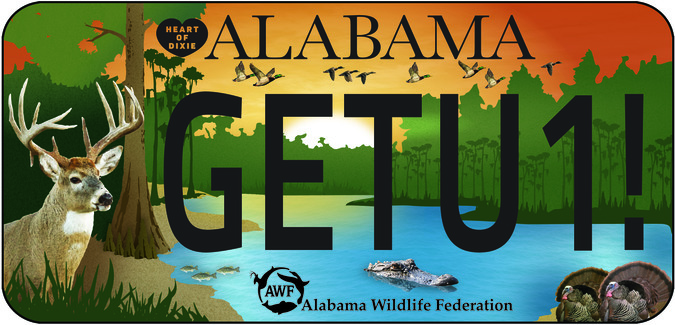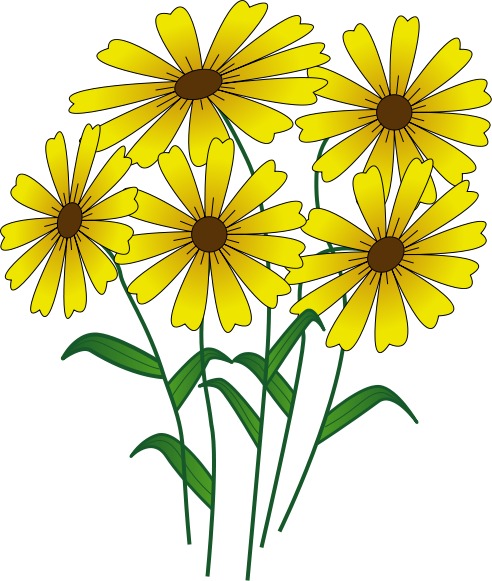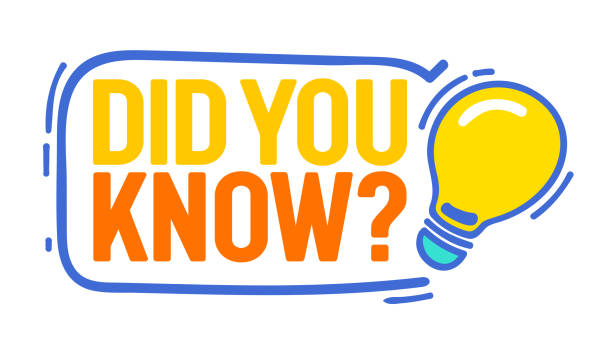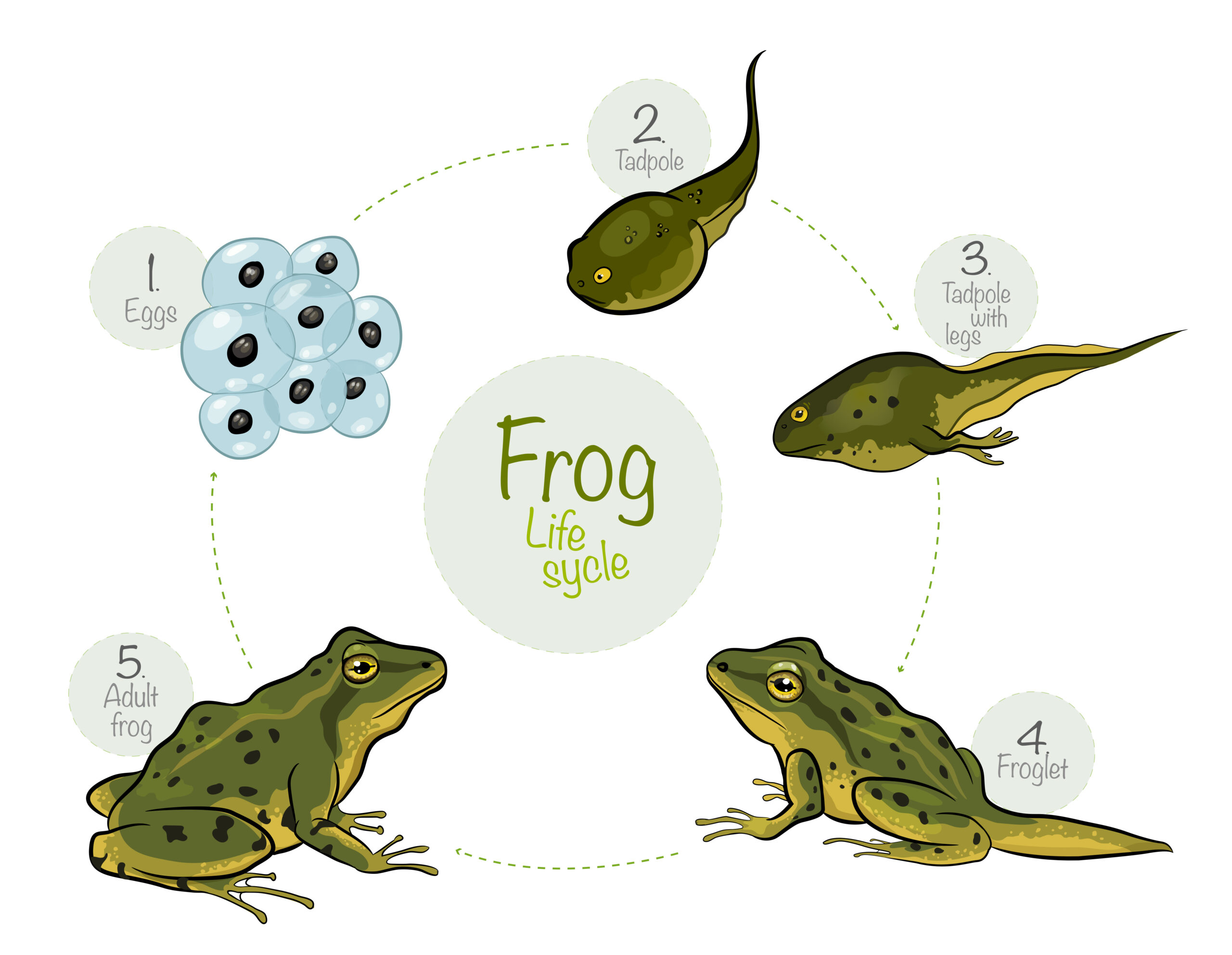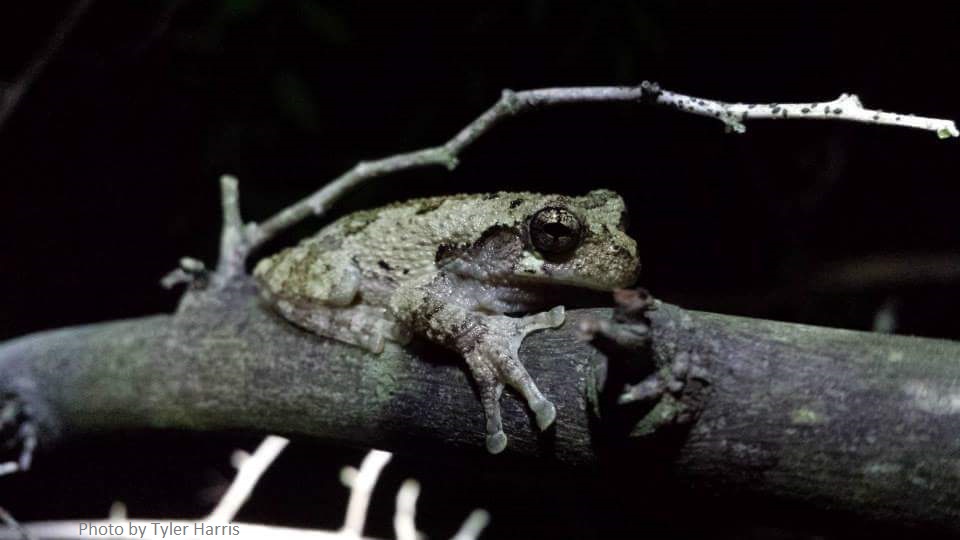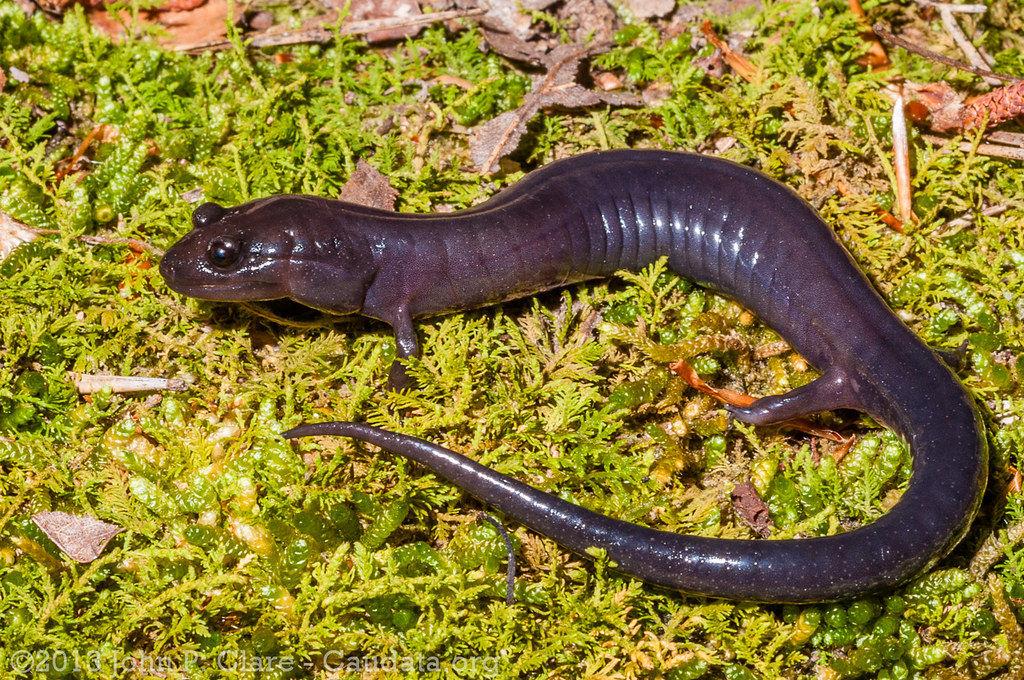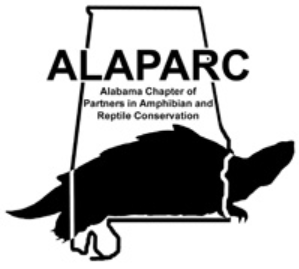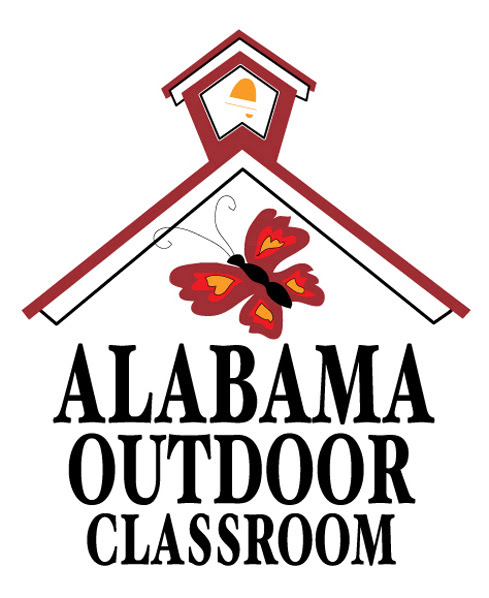
| Southern Leopard Frogs Max Pixel Click on image to enlarge it |
Investigate Frogs and Toads
and Their Habitat
| Click on the topics below to learn more! | |||
| Alabama's Frogs & Toads | Life Cycle | Habitat Needs | Interesting Facts |
| Alabama's Frogs and Toads | ||||
|
Frogs, toads, and salamanders make up the class “amphibia”. Amphibians with no tails are called “anurans” – this includes frogs and toads.
Alabama is home to 30 species of anurans – 4 toads and 26 frogs.
All toads are frogs, but not all frogs are toads!
There are three easy-to-spot differences between frogs and toads:
|
|
|||
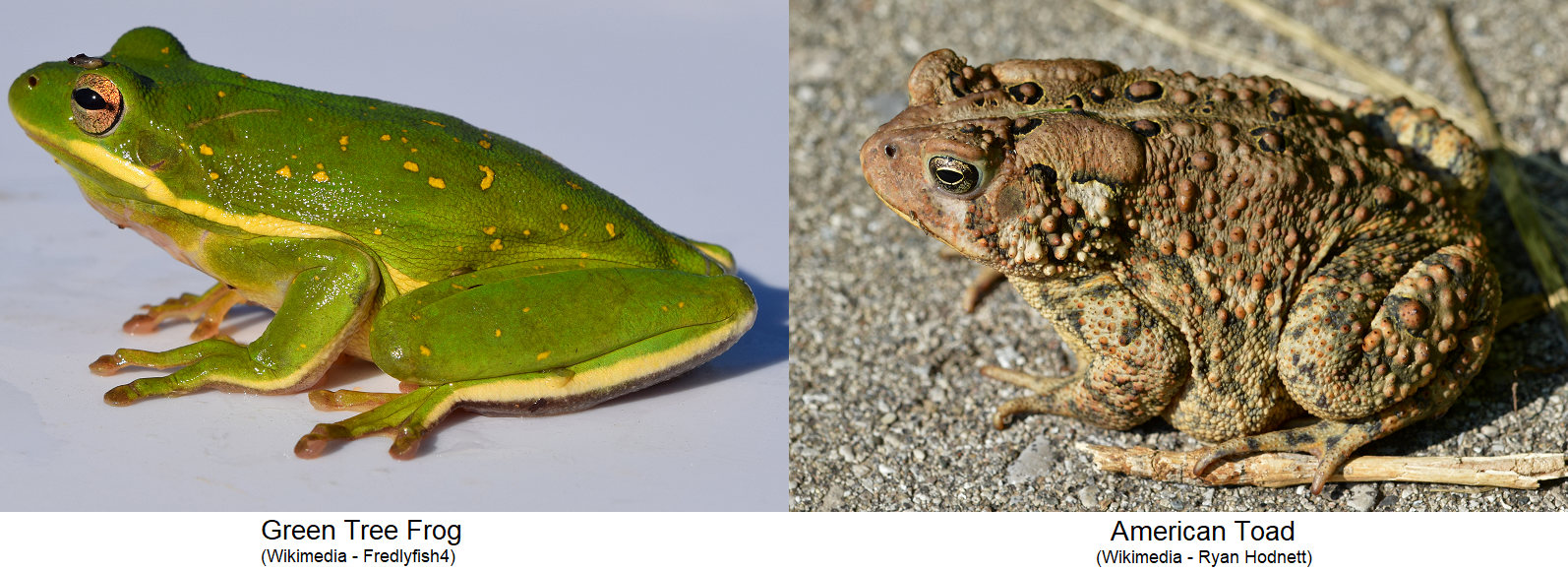 |
||||
|
To see a full list of the frogs and toads found in Alabama, CLICK HERE!
You can also click on the links below to learn about a few common frogs and toads that you may find in your outdoor classroom:
|
|
| American Bullfrog | Bronze Frog | Cope's Gray Tree Frog | Fowler's Toad | Southern Toad |
| Life Cycle | ||
| Frogs and toads both live part of their life in water and part on land. Baby frogs do not look like adult frogs. They undergo metamorphosis (a physical change) as they grow. | ||
| Step 1: | They begin life as eggs in water. |
Click on image to enlarge it
|
| Step 2:
|
They hatch from the eggs and spend time as an aquatic tadpole. They look more like a fish than a frog at this point. They have no legs and a tail, their mouthparts are for eating algae, and they have gills instead of lungs. | |
| Step 3:
|
The tadpole begins changing – legs grow, mouthparts shift, tail shrinks, and finally gills become lungs. | |
| Step 4: | The tadpole moves onto land with all four legs and lungs and eats bugs. At first, it will still have a short tail. At this point it is called a froglet. | |
| Step 5: | The tail is fully absorbed and it is now an adult frog that will reproduce and lay eggs to start the process all over again. | |
| Habitat Needs | ||
| The pond and bog in your Frog and Toad Habitat provide food, water, and shelter for frogs and toads as well as their tadpoles. | ||
| Food:
Frogs and toads begin life as herbivorous, aquatic tadpoles that feed on vegetation in the pond. As they go through metamorphosis their mouthparts change and they become carnivorous, terrestrial adults. The water in and vegetation around your pond will provide food directly for the frogs and toads as herbivorous tadpoles, as well as carnivorous adults by attracting insects and insect larva. |
Wood Frog (Lithobates sylvaticus) |
|
| Water:
Frogs and toads require water for reproduction, their aquatic larval stage, and for keeping their skin moist and hydrated as adults. The pond will provide the water needed for frogs and toads throughout their whole lives. The aquatic plants inside of and around the pond will filter and aerate the water. |
||
| Shelter:
The marginal aquatic plants in the pond, the rocks lining the pond, the bog plants, and the moist soil in the bog will provide shelter for the frogs and toads. |
||
| Place to Raise Young:
Frogs and toads will lay their eggs in your pond. They do not protect or stay with the eggs once they are laid, and tadpoles hatch from the eggs ready to start life on their own. |
||
| Interesting Facts | ||
|
#1:
|
||
|
Frogs and toads have unique, specialized feet for their specific habitats. Tree frogs have toe pads that help them stick to surfaces while they are climbing. Species of frogs, like bullfrogs, that live in water have webbed hind feet to help them swim. Spadefoots, a type of frog that burrows into soil and lives there most of the year, have hard spots called “spades” on their hind feet that help them dig.
|
Cope's Gray Tree Frog Toe Pads
Tyler Burgener Click on image to enlarge it |
|
|
#2:
|
Frogs absorb water and even breathe through their skin. This is why it’s important that you don’t hold them in your hands for a long time (they’ll dry out) or hold them if you have chemicals on your hands like bug spray or lotion. This is also why their presence or absence is great at telling us when a wetland is polluted – they can not survive in a habitat that is polluted. | |
|
Red Hills Salamander
Flickr – Seánín Óg Click on image to enlarge it |
||
|
#3:
|
Alabama has the third highest number of amphibian
(frogs, toads & salamanders) and reptile (snakes, turtles, lizards, and alligators) species out of all 50 states in the U.S. This means we have more reptile and amphibian diversity than all but two other states.
|
|
| #4: | Our “State Amphibian” is the Red Hills Salamander. | |
Sources

